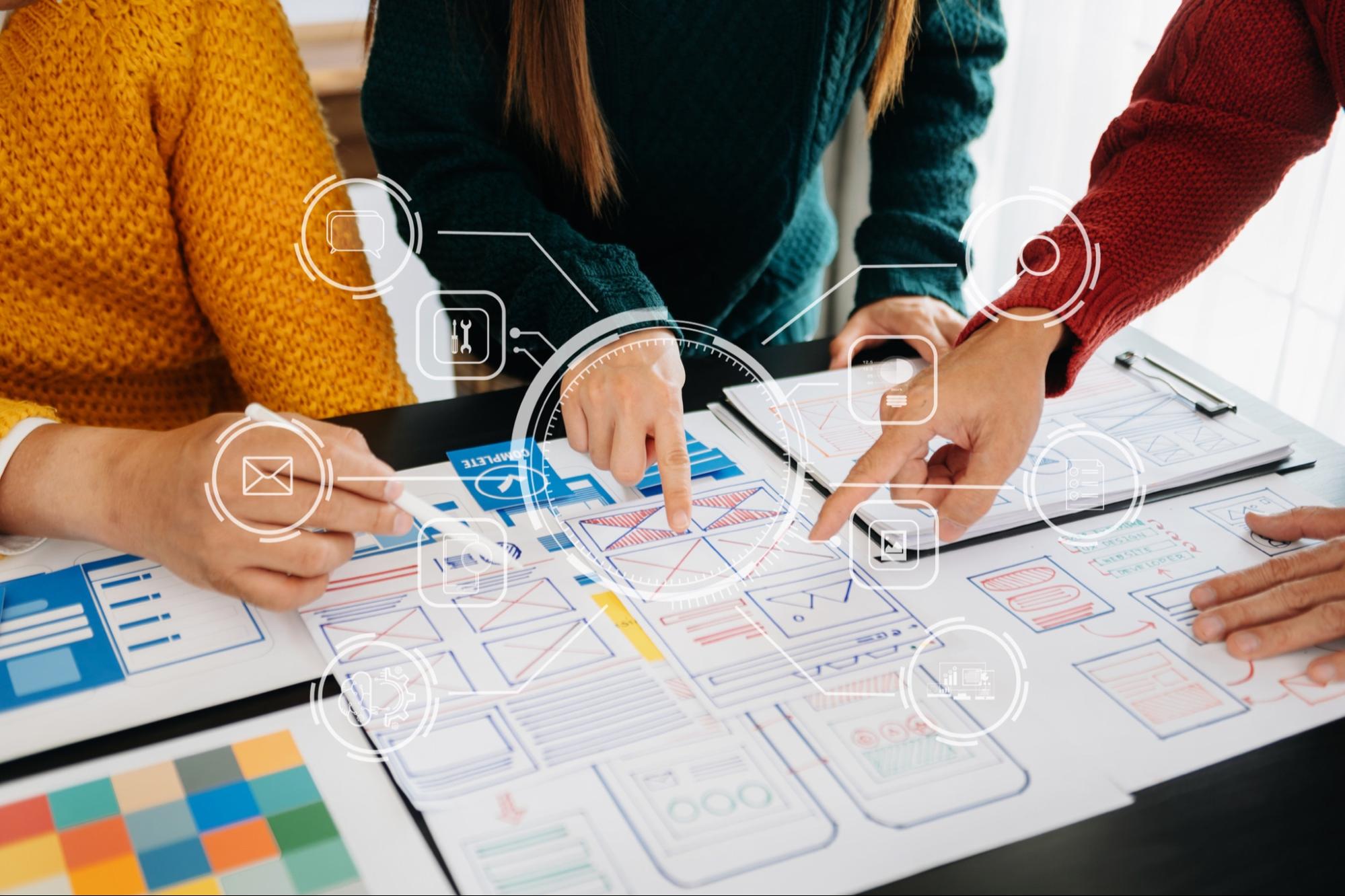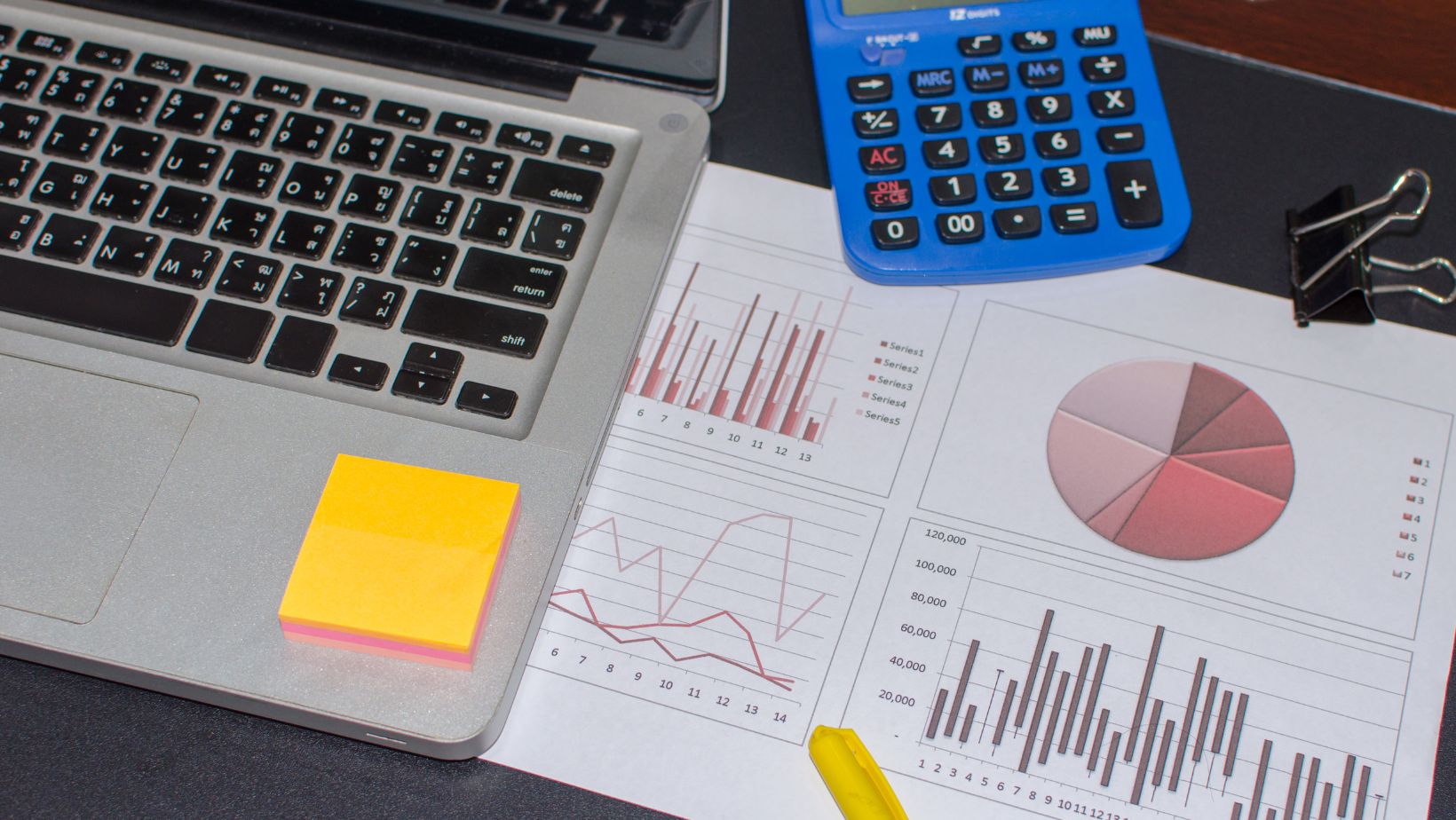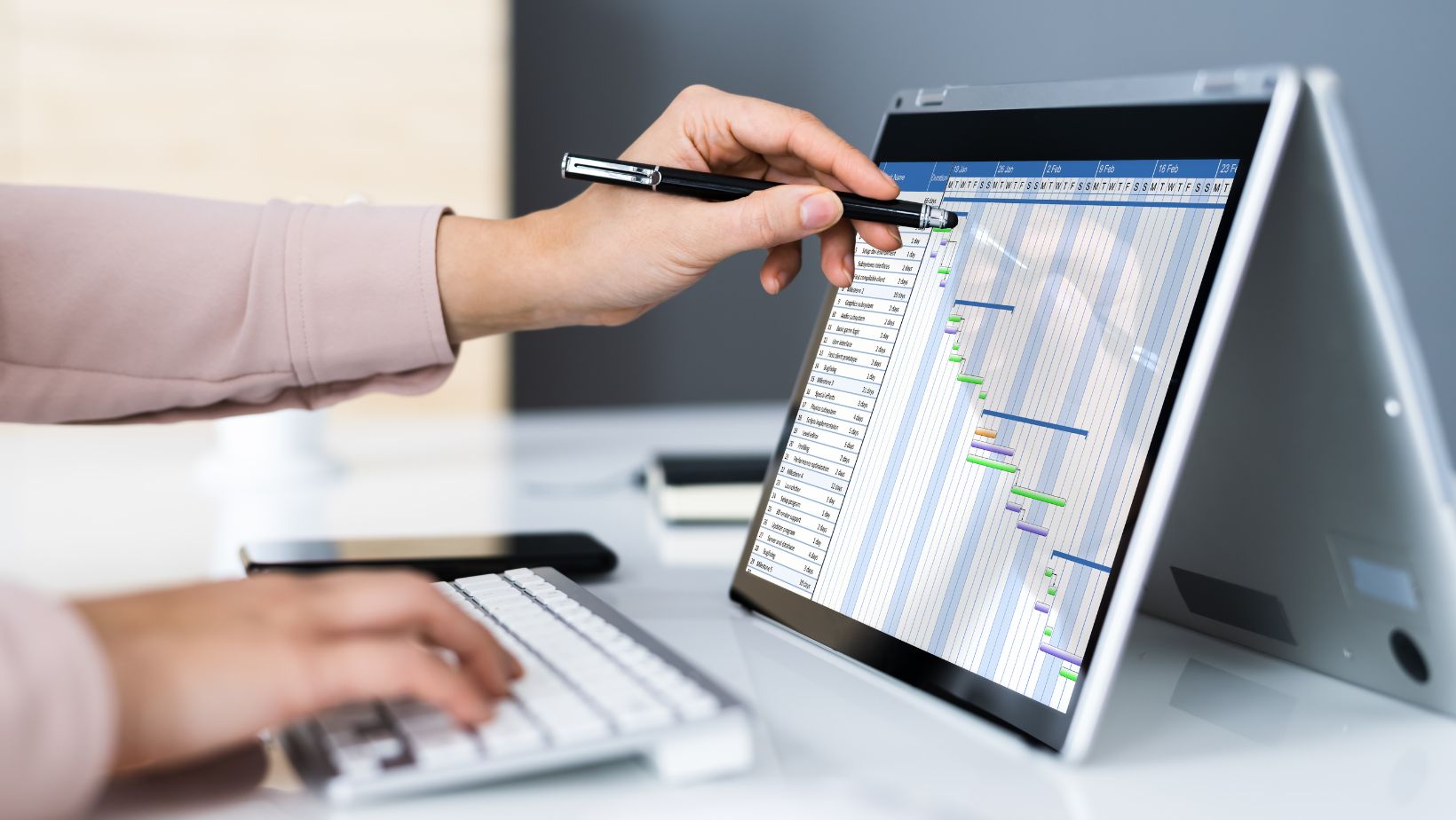 Protecting your data is crucial in a world where digital threats are increasingly prevalent. Whether it’s safeguarding against unauthorized access, cyber-attacks, or accidental loss, the safety of a project directly impacts your reputation, client trust, and overall success. This article aims to equip you with practical tips and strategies to effectively shield your design project data from various digital threats. By implementing these measures, you can ensure the integrity and confidentiality of your assets, maintaining both your peace of mind and your professional standing.
Protecting your data is crucial in a world where digital threats are increasingly prevalent. Whether it’s safeguarding against unauthorized access, cyber-attacks, or accidental loss, the safety of a project directly impacts your reputation, client trust, and overall success. This article aims to equip you with practical tips and strategies to effectively shield your design project data from various digital threats. By implementing these measures, you can ensure the integrity and confidentiality of your assets, maintaining both your peace of mind and your professional standing.
Table of Contents
ToggleUnderstanding The Risks
Data faces several threats, with hacking, accidental loss, and unapproved entry being the most prevalent. Hacking can lead to sensitive design details falling into the wrong hands, potentially compromising client confidentiality and competitive advantage. Accidental loss, often due to hardware failure or human error, can result in irrevocable loss of critical project information.
Unauthorized access, possibly by disgruntled employees or competitors, can lead to misuse or alteration of information. The consequences of such breaches are severe for both designers and clients. They can lead to financial loss, damage to reputation, legal implications due to non-compliance with information protection laws, and a loss of trust from clients and stakeholders, which can be devastating for any design professional.
Implementing Robust Password Practices
Enforcing robust password practices is fundamental in safeguarding project details. This is because strong, unique passwords for each account and device are essential to prevent unapproved access. You can use a password manager to simplify the management of these passwords, ensuring they are both strong and unique without the difficulty of remembering each one.
Additionally, enabling two-factor authentication adds a layer of protection, making it harder for intruders to gain entry even if they have a password. Effective passwords typically include a mix of upper and lower-case letters, numbers, and symbols. They are at least 12 characters long, avoiding common words or easily guessable information like birthdays or names.
Data encryption
This is a safety procedure where information is encoded, making it unavailable to unapproved individuals. It’s crucial for protecting sensitive information from breaches. Encryption ensures that even if a design file or client information is intercepted or accessed without permission, it remains unreadable and secure. Furthermore, utilizing a Virtual Private Network (VPN) is essential for secure internet connections, particularly on public Wi-Fi networks, as it encrypts internet traffic, shielding your online activities from eavesdroppers. With your data now protected, the next step involves managing access and permissions.

Managing Access And Permissions
Controlling who has access to your project file is vital for maintaining its security. Implementing user permissions ensures that only employees with permission can view or modify sensitive information. This is where the principle of least privilege becomes crucial; it involves granting staff only the access necessary to perform their job, reducing the risk of accidental or malicious breaches. Regularly analyzing and updating these permissions is equally important, as it helps to accommodate changes in roles or projects and removes access from users who no longer need it. Beyond managing access, it’s crucial to be prepared for any eventuality, which brings us to the role of backups.
Regular Backup
Regular backups are a critical safety procedure to safeguard your project against loss from hardware failures, accidental deletions, or breaches. Utilizing diverse backup methods enhances safety; cloud backups offer accessibility and off-site security, while external hard drives provide a physical copy. Best practices suggest backing up files at least daily for active projects and weekly for others, depending on the nature and frequency of changes. Additionally, verifying backup integrity ensures that the data is recoverable and intact.

Protecting Against Malware And Phishing
Designers often face specific malware and phishing attacks, such as ransomware that locks access to files or emails disguised as client requests. Recognizing these hazards involves being cautious of unwanted emails, particularly those with attachments or links, and verifying the sender’s authenticity. Be careful of messages that create a sense of urgency or request sensitive information. Using reputable antivirus software is crucial in detecting and preventing malware infections. Additionally, ensure all software, especially design tools, are up-to-date to avoid vulnerabilities.
Seeking Professional Help
Considering professional cybersecurity assistance from an experienced consultancy like Micromindercs.com becomes essential when handling sensitive client information. Experts can provide tailored advice and solutions like digital forensic and incident response, user and entity behavior analytics, file integrity monitoring and malware analysis to safeguard your design files and software. When selecting a cybersecurity expert or service, look for those with experience in your industry, positive client testimonials, and a clear explanation of their services. Ensure they understand the specific needs and challenges of data security, offering solutions that align with your workflow and project requirements.
Conclusion
Safeguarding design project is an ongoing and multifaceted task that involves implementing strong password practices, utilizing encryption, managing access and permissions, and understanding the importance of regular backups. Protecting against malware and phishing attacks is also crucial, as is seeking professional help for safety audits and tailored advice. Remember, the landscape of digital security is ever-evolving, and staying proactive in these practices is key to protecting your valuable design project data. Implement these strategies diligently to ensure the safety and integrity of your work.






